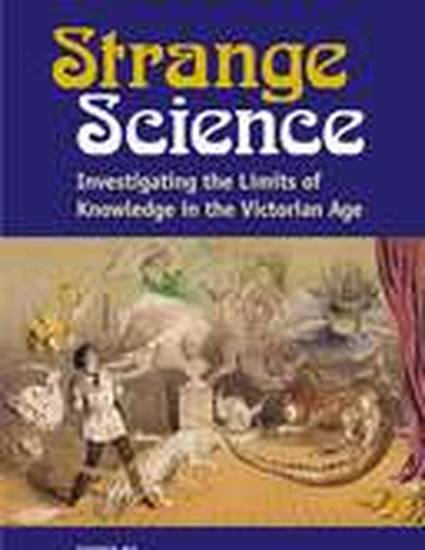
Contribution to Book
Immoral science in The Picture of Dorian Gray
Strange Science: Investigating the Limits of Knowledge in the Victorian Age
(2017)
Abstract
Near the beginning of The Picture of Dorian Gray, the painter Basil Hallward explains to Lord Henry Wotton exactly what it is about Dorian Gray that inspired him to paint such an exquisitely beautiful portrait. Basil explains, “[Dorian] defines for me the lines of a fresh school” of art, and his “personality has suggested to me an entirely new manner in art, an entirely new mode of style. I see things differently, I think of them differently.
I can now recreate life in a way that was hidden from me before.”1
In the course of the narrative, Hallward’s phrase “recreate life” turns out not to be simply a metaphor. After Dorian’s wish that the picture might “grow old” while he himself remains “always young” (25), the picture literally “recreates” life, renewing Dorian’s fading body and absorbing into itself the processes of biological and moral decay that would otherwise engulf the living man. The picture substitutes for Dorian’s mortal body so that the biology of aging is expressed not in the man but in the image. The immortality of art—its arrest of time and change—is transferred to the flesh that in normal circumstances would droop and wither as the body made its inexorable way toward death.
Keywords
- Dorian Gray,
- art
Disciplines
Publication Date
2017
Editor
Lara Karpenko and Shalyn Shaggett
Publisher
Michigan University Press
ISBN
9780472122455
DOI
10.3998/mpub.9357346
Citation Information
Suzanne Raitt. "Immoral science in The Picture of Dorian Gray" Ann Arbor, MichiganStrange Science: Investigating the Limits of Knowledge in the Victorian Age (2017) p. 164 - 178 Available at: http://works.bepress.com/suzanne-raitt/12/
